Peripheral instrument-based rhythm games really became a thing (at least in the West) during the mid-2000s, with Red Octane’s (and later Activision’s) ‘Guitar Hero’ title for the PlayStation 2. But between 1999 and 2007, Konami had already been releasing various versions of their GuitarFreaks, DrumMania, KeyboardMania and BeatMania games for PlayStation consoles in Japan. Konami continues to release sequels to the arcades as late as 2018, more recently under the ‘Gitadora’ name.
The genre was relatively successful (if not saturated) between 2005 and 2010, before having a final stab at reinvigorating its fan base in 2015, where it soon fizzled out once more. Whether the craze will ever return is debatable, but if you’re still a fan of rocking out with your plastic out, we’re hoping to share a few lesser-known rhythm games to keep your fingers busy!
This article aims to detail the successes, failings and overall differences between three mainstream console rhythm games and three relatively unknown alternatives (plus some bonus mentions). For the sake of this article, we will mostly be describing our experience with the console versions of each game.
Guitar Hero
Developed by Harmonix and published by Red Octane, Guitar Hero released in 2005 exclusively for the PlayStation 2. Inspired by Konami’s Arcade hit ‘GuitarFreaks’ in Japan, RedOctane (who were providing the instruments used to play GuitarFreaks at the time), reached out to Harmonix, a well-established development team who specialised in rhythm games, to help build their own game. Guitar Hero featured 47 songs, the majority of which were covers of well-known rock and metal bands. The concept was that players used plastic guitar-shaped peripherals to play along to rock music, using the strum bar, fret buttons and whammy to simulate real guitar play.
Guitar Hero was a massive hit and introduced many in America and Europe to the concept of rhythm games of its type, spawning six direct sequels, artist-specific (Aerosmith, Metallica, Van Halen) spin-offs, genre switches (DJ Hero, Band Hero) and portable / arcade versions.
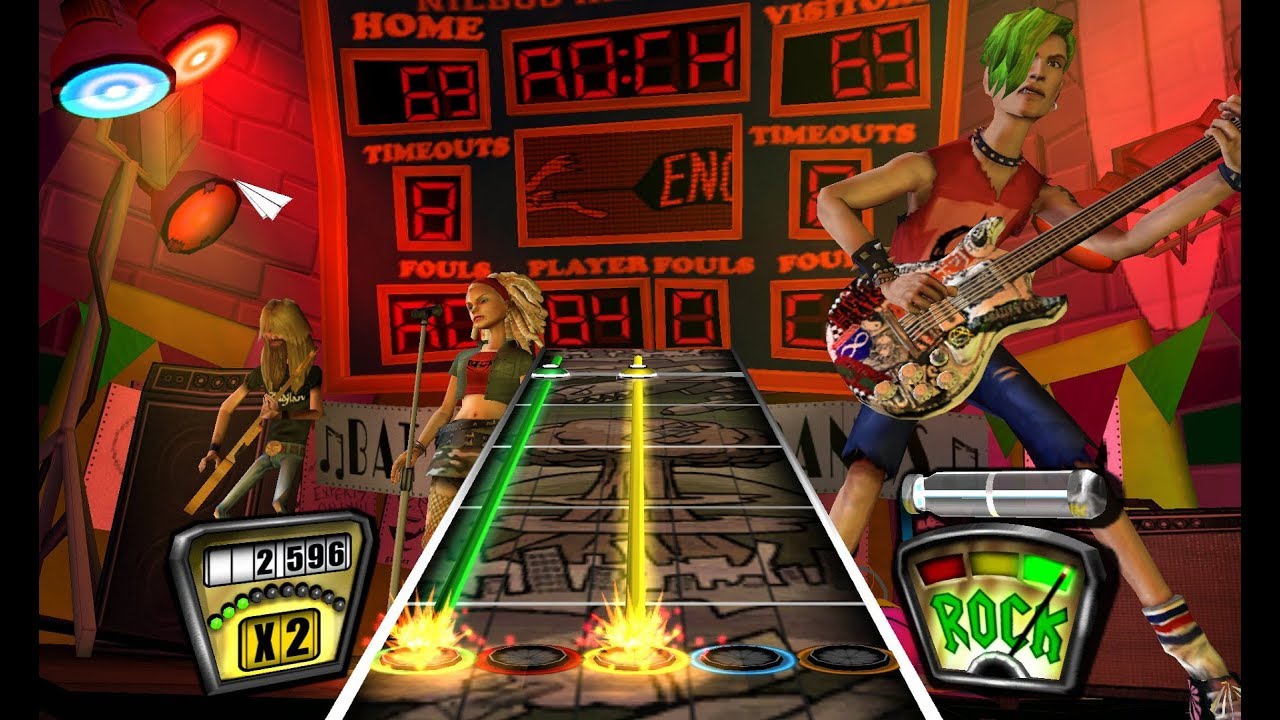
Rock Band
Following the release of Guitar Hero 2 in 2006, Activision bought RedOctane, and MTV bought Harmonix, leading to the sequel ‘Guitar Hero 3: Legends of Rock’ being developed instead by Neversoft. Harmonix, now published by Electronic Arts, went on to create ‘Rock Band’, an instrument-based rhythm game that this time would support both drum and vocals tracks, in addition to the standard guitar and bass, meaning that 4 people could play at once as a complete band. This would later be followed by Activision’s answer to this evolution of the genre with ‘Guitar Hero: World Tour’.
First releasing in 2007, Rock Band went on to be a huge success and pushed what was at first a gimmicky fascination towards becoming a global video gaming phenomenon. The debut game made for three direct sequels, artist-specific (AC/DC, Greenday, The Beatles) spin-offs, a Lego tie-in game and various portable / VR versions.
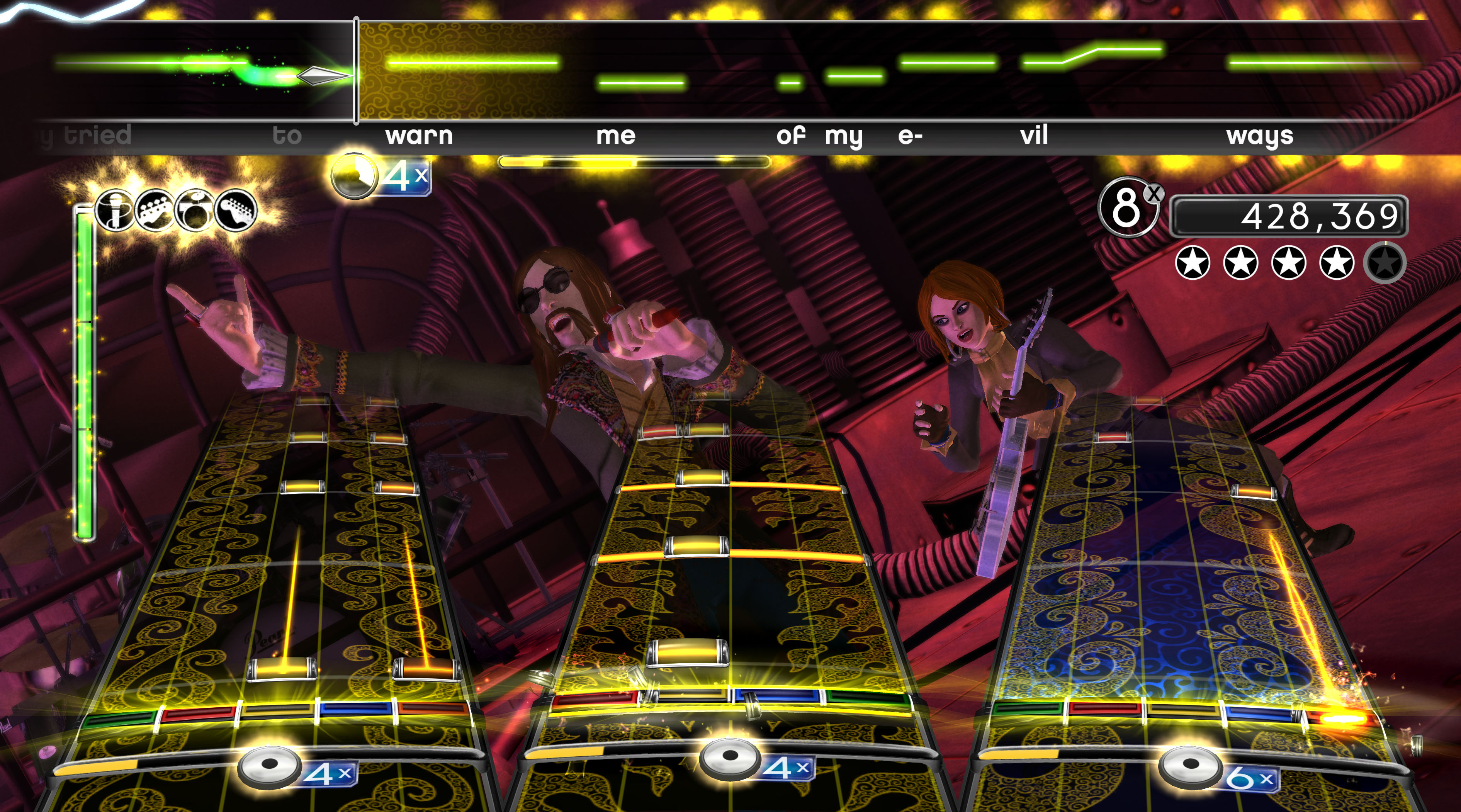
RockSmith
One of the biggest criticisms of the rhythm game genre up to this point was that the games did not support, nor teach gamers how to play real instruments. Rock Band 3 dipped its toes into this territory with its set of “Pro” Guitar, Drums and Keyboard instruments, but these were still peripherals aimed primarily for use in their game, and not something you could take on stage with you that night. Ubisoft’s RockSmith, released in 2011, aimed to change the rut rhythm games had found themselves in, and allowed anyone to plug in their own electric bass or guitar with a special USB cable. While RockSmith allowed conventionally playing along to famous rock songs, it also featured various tutorials, modes and mini-games targeted at teaching players the basics of real guitar play.
RockSmith came out at a time when rhythm games were dying an overly saturated death, and its unique and almost revolutionary differences were not enough to bring the craze back to life. It did, however, do enough right to gain a strong following, release years of regular downloadable song packs and even warranted the release of a remastered version in 2014.
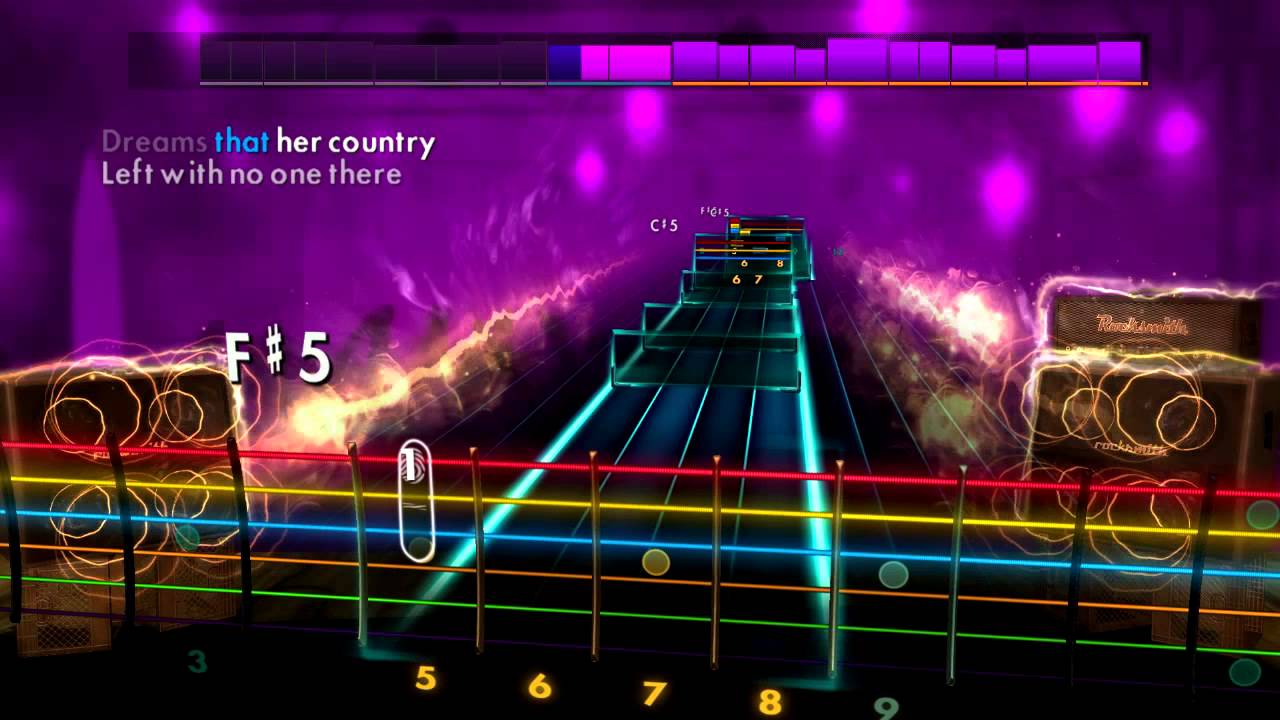
Rock Revolution
Developed by English studio Zoë Mode, who later helped work on Guitar Hero Live, and published by Konami (publisher of the genre-spawning ‘GuitarFreaks’ in Japan), Rock Revolution should have been a contender for the rhythm game throne when released in 2008. However, the title received relatively negative reviews, focusing mostly on the poor covers that made up the game’s small soundtrack, awkward Tetris-like note chart and confusing drum placement on the controller. It was somewhat praised, however, for its effort to include a studio mode that allowed for the creation of custom tracks
Rock Revolution managed to release in North America and Europe between 2008-2009 on Nintendo DS, Wii, Xbox 360 and PlayStation 3. It only ever offered two DLC packs, the first featuring in-house Benami songs and the second being a 5-track Pantera pack, but never received any sequels or spin-offs.
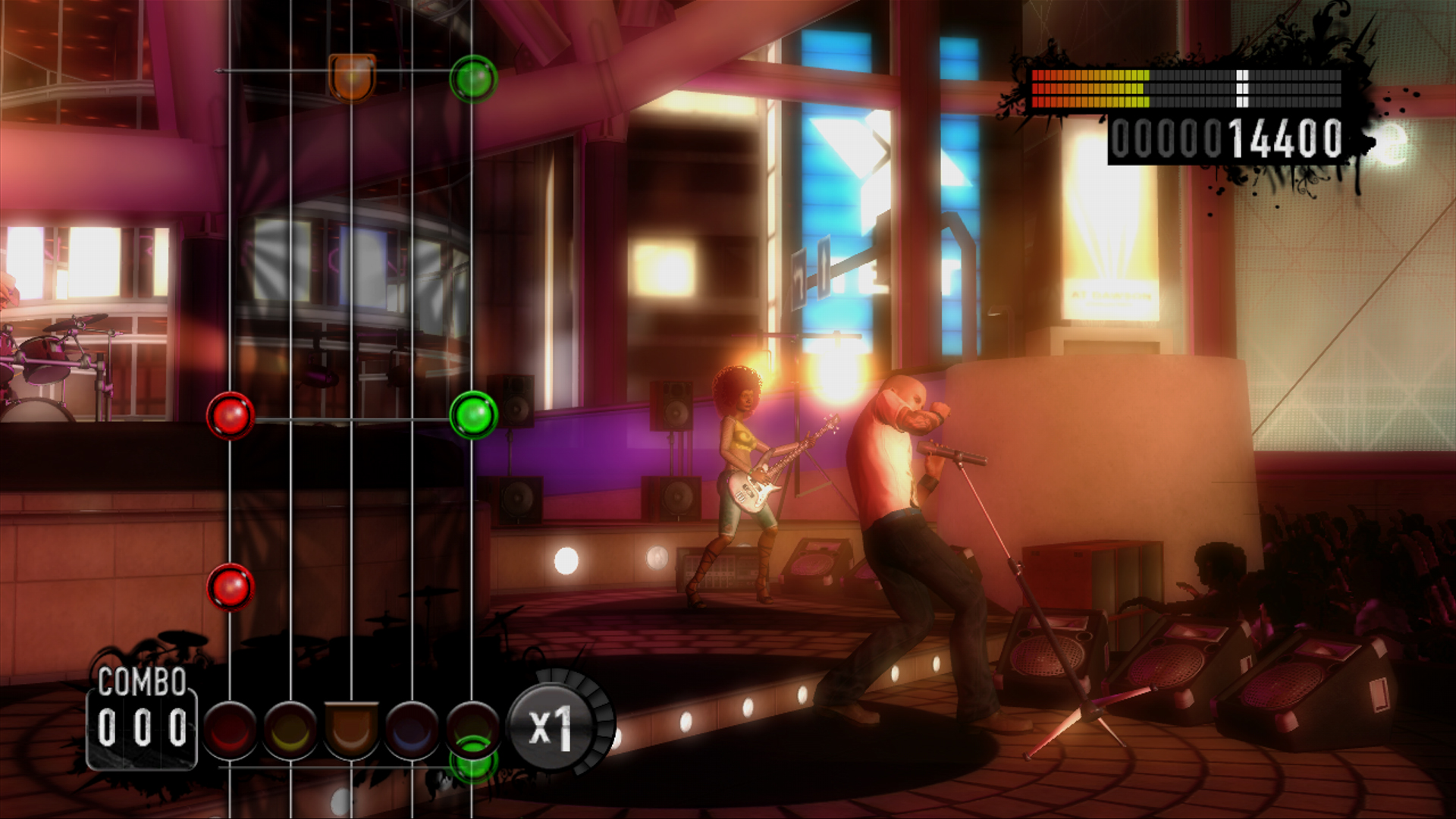
Power Gig: Rise of the SixString
Taking roughly the same but less polished idea as RockSmith (which would release exactly a year later in 2011), Seven45 Studios’ 2010 release ‘Power Gig: Rise of the SixString’ intended to bridge the gap between plastic peripherals and real electric guitars. From our list this is the only title to allow the game to be played both with “fake” and “real” guitars (unless you count Rock Band 3, which we don't), however, the drums designed specifically for use with the game named ‘AirStrike’ were nothing more than sensors on the floor and special drum sticks, meaning you essentially just swung sticks around in thin air, making the experience arguably less real than Rock Band or Guitar Hero’s alternatives (which are at least compatible with Power Gig). Simply put, a jack of all trades, master of none.
Power Gig: Rise of the SixString only saw a release in North America for the Xbox 360 and PlayStation 3. It never received a follow-up release, and despite featuring exclusive tracks from Eric Clapton, Kid Rock and Dave Matthews Band, it only ever received 3 single tracks as DLC from Reel Big Fish, Modest Mouse and The Mighty Mighty Bosstones.
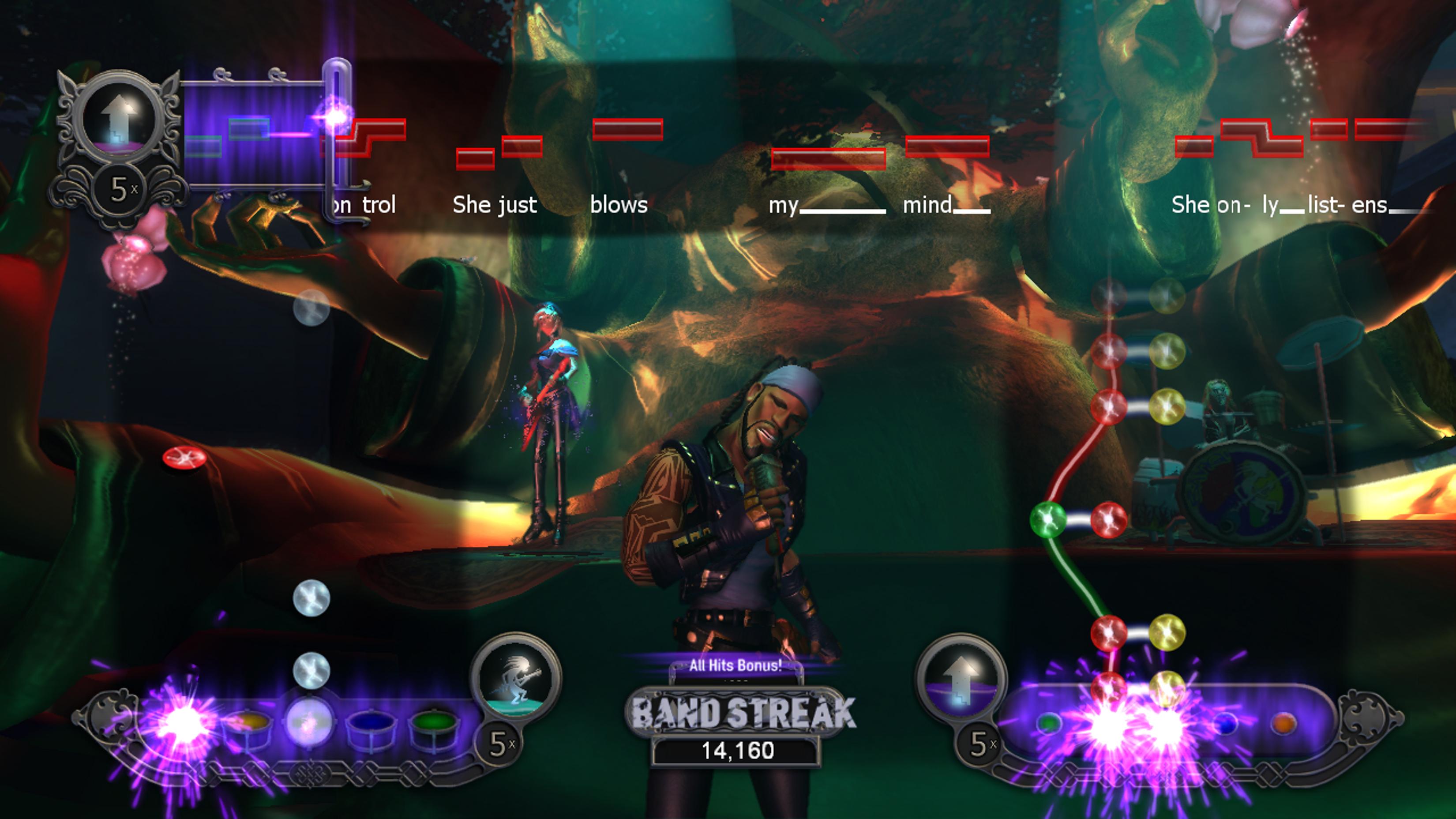
BandFuse: Rock Legends
Standing as the last rock-focused instrument-based rhythm game from a new IP that we’re aware of (please prove us wrong!), ‘BandFuse: Rock Legends’ was developed by Realta Entertainment Group and published by Mastiff in 2013. While BandFuse was a concept and began development around the same time as RockSmith in 2008, it released a full two years later and therefore had no choice but to contend with a game that already had years to establish its name and perfect its art. BandFuse was focused on real instruments and featured in-game training sessions from famous musicians (Legends) such as Saul “Slash” Hudson, William “Bootsy” Collins, Zakk Wylde, George Lynch, Mike Ness, Jason Hook, Zoltan Bathory and Alexi Laiho. The game additionally supported acoustic guitar, bass and even vocals (sadly no drums).
BandFuse: Rock Legends released in America and Japan on Xbox 360 and PlayStation 3 consoles. No sequels were released; however, the game received 20+ DLC tracks, including a Jimi Hendrix pack, who went on to be added as another of the in-game ‘Legends’.
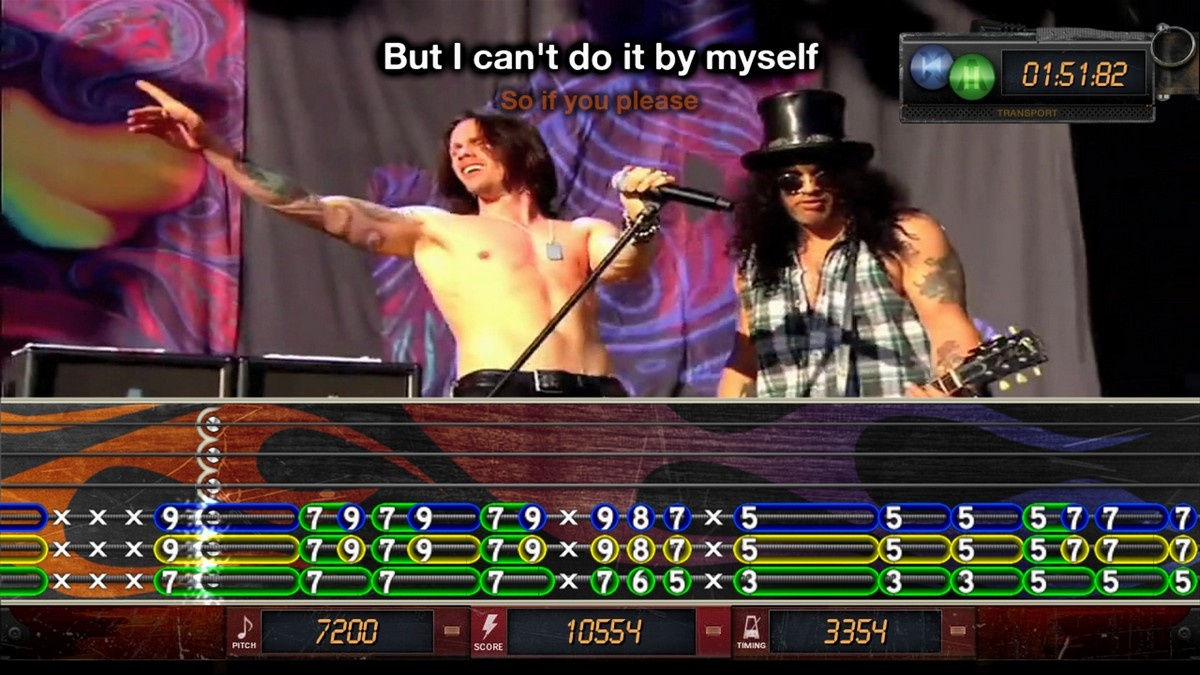
Dishonourable Mentions
Now for a few games that, for better or worse, are even less well-known...
PopStar Guitar
Developed by British studio Broadsword Interactive and published by XS Games, PopStar Guitar was released on Nintendo Wii and PlayStation 2 in 2008. The game featured 60 (mostly pop-rock) licensed songs and was compatible with Guitar Hero controllers for the PlayStation 2. The Wii version came packaged with a guitar shell that housed the remote and nunchuck controllers, meaning a motion “air guitar” control method was necessary to play.
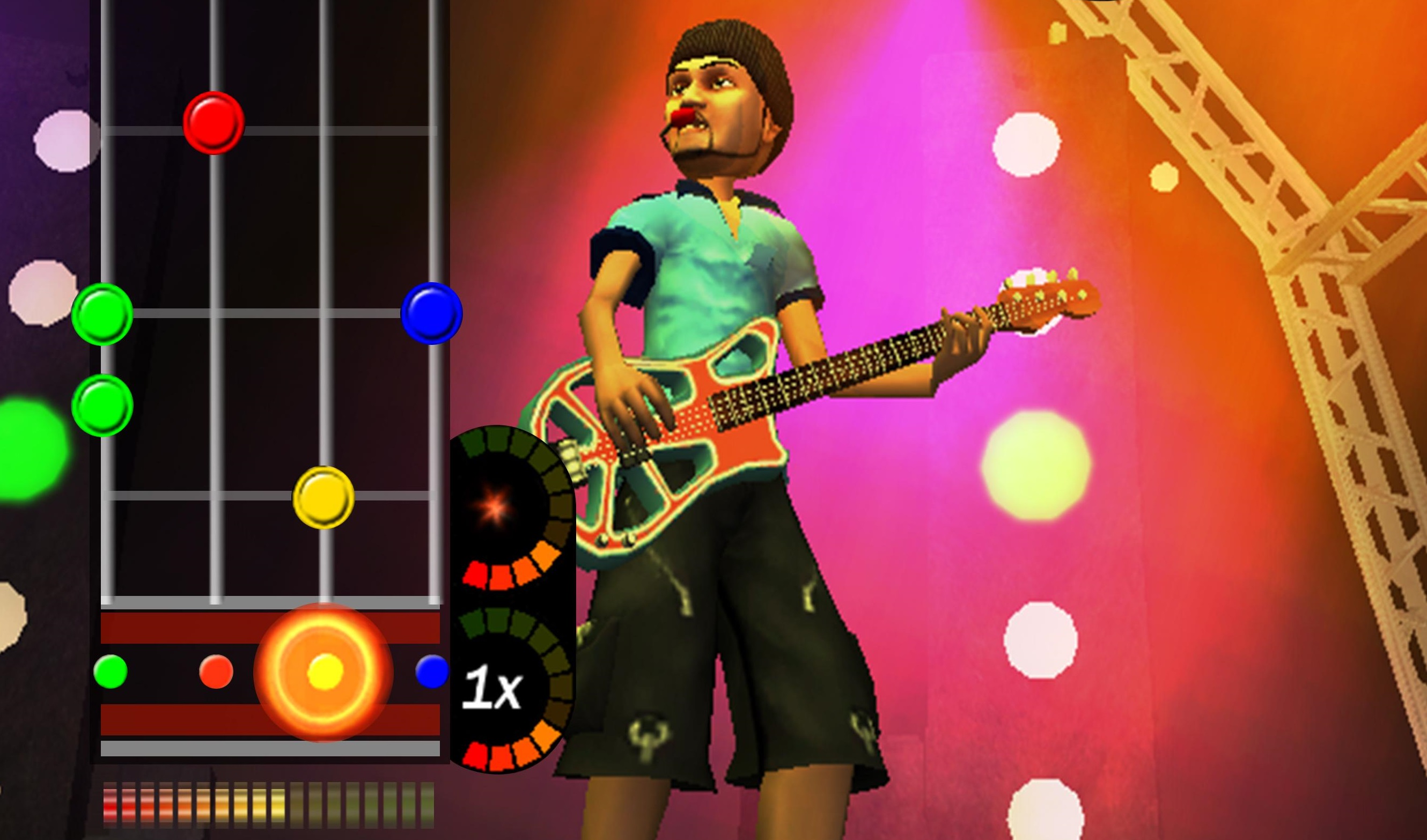
SingStar Guitar
Developed by SCE London Studio and published by Sony, SingStar Guitar was released in 2010 for the PlayStation 3 and was a spin-off of the then-popular karaoke series SingStar. The game featured 30 licensed tracks from mostly UK indie and classic rock artists. It supported Guitar Hero or Rock Band guitars and mics for the PlayStation 3. Around nine downloadable songs in the SingStore supported guitar tracks and were playable in SingStar Guitar.
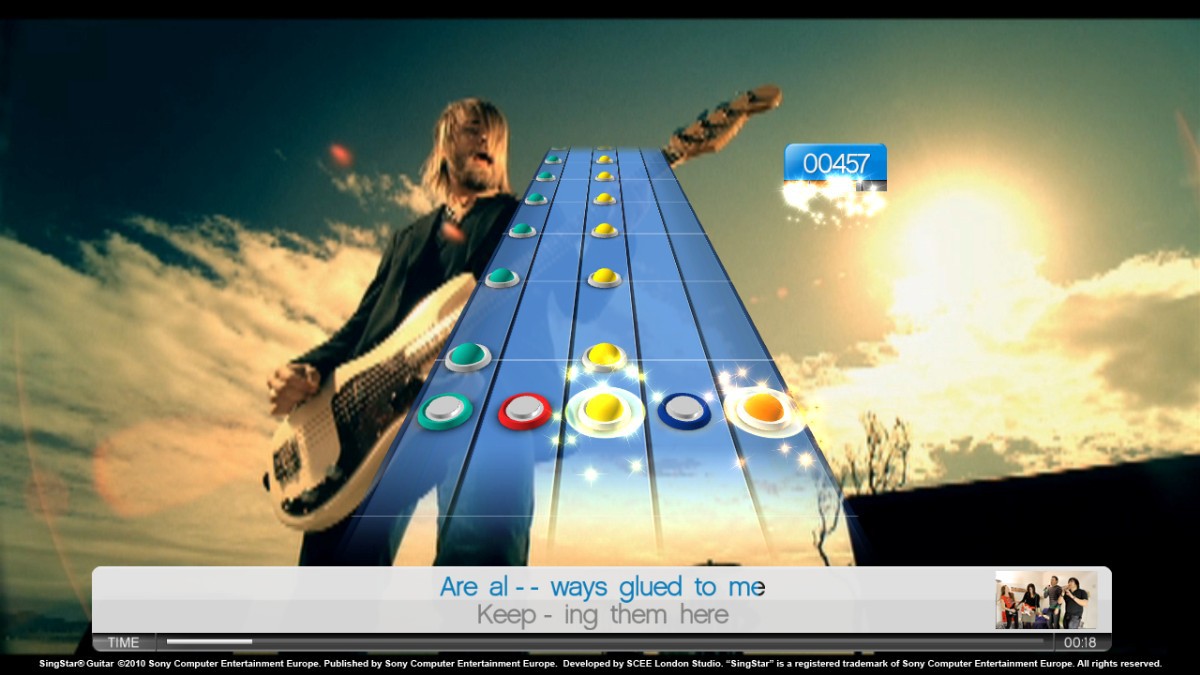
Rock of the Dead
Developed by Epicenter Studios and published by UFO Interactive Games, Rock of the Dead released in 2010 for iOS, PlayStation 3 and Xbox 360. Probably the weirdest game in this entire article, and a surprise that it ever got past the concept stage at all. Rock of the Dead can be seen as a parody or rip-off (depending on your stance) of the House of the Dead series, a series that already parodied itself with 1999’s Typing of the Dead. Using a Guitar Hero or Rock Band guitar/drum controller, you hit particular sequences of notes to smite the undead lurching towards you. While it was cheesy, clunky, ugly and for the most part, boring… it did feature a 10-track setlist of Rob Zombie tunes. If you’ve seen Typing of the Dead, it’s essentially that with less charm but a badass soundtrack.
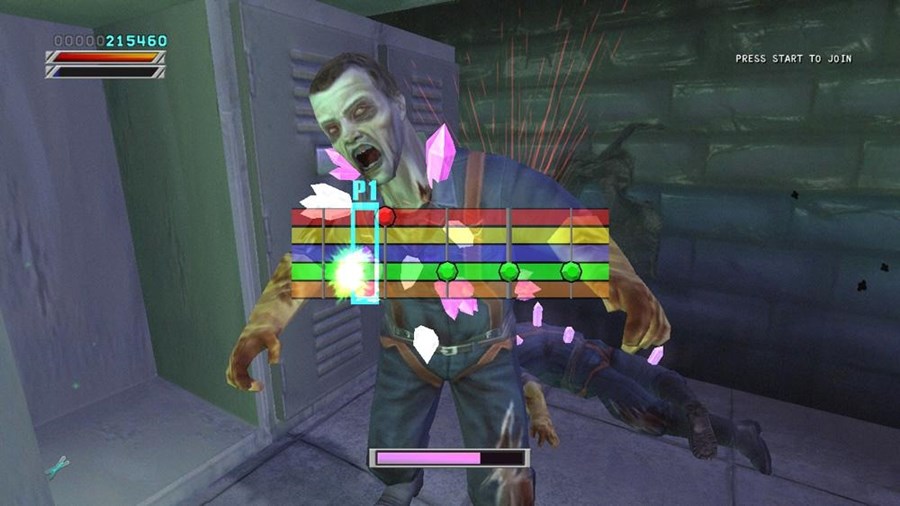
Now we did our research for this list, and some of them (particularly the ones closer to the bottom), were genuinely hard to find any information on without knowing exactly what you were looking for.
We'd love to know of any other console rhythm games or just games in general that have bizarre support for Rock Band or Guitar Hero peripherals.
Share your nerdy rhythm knowledge and opinion on the games discussed above, and let us know if we missed any gems!


